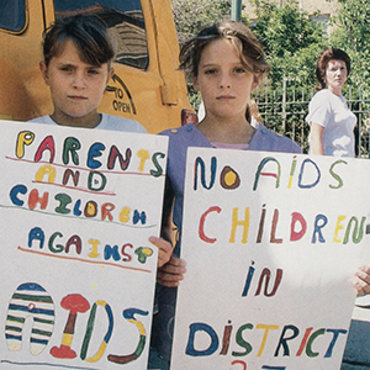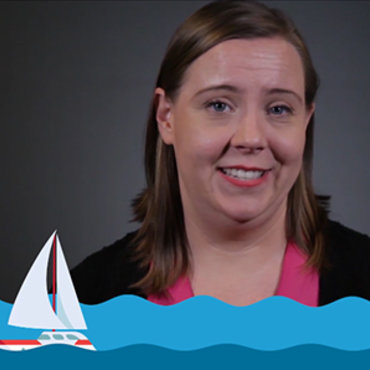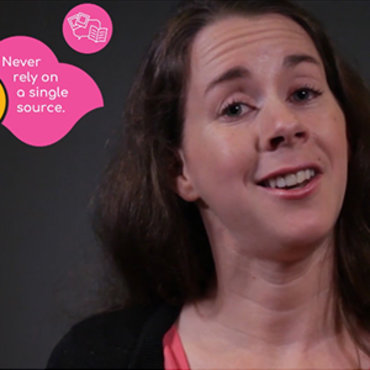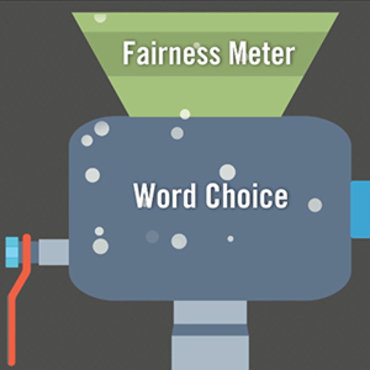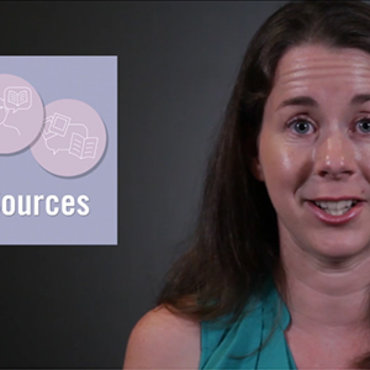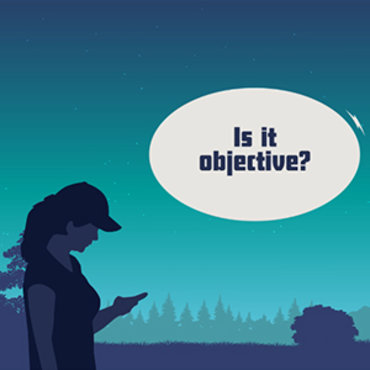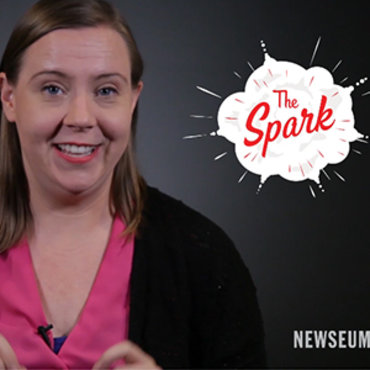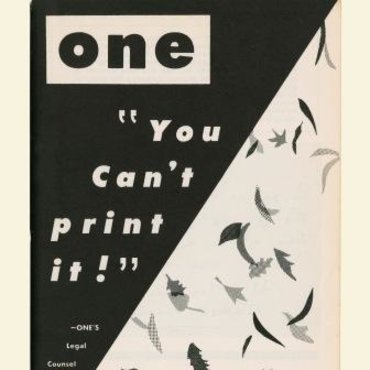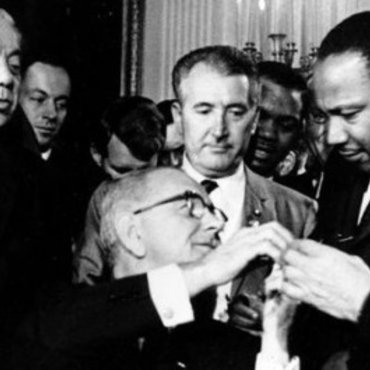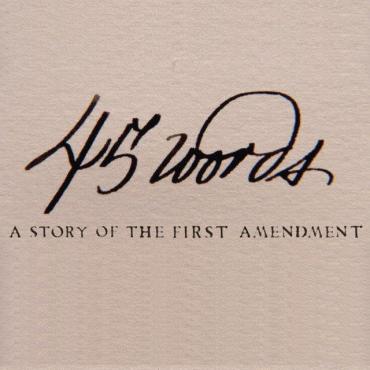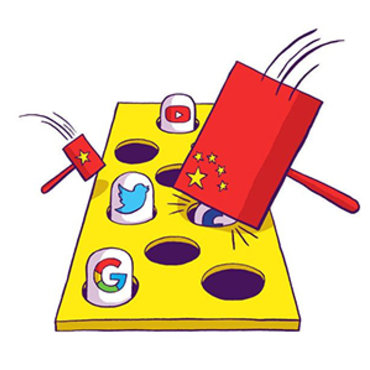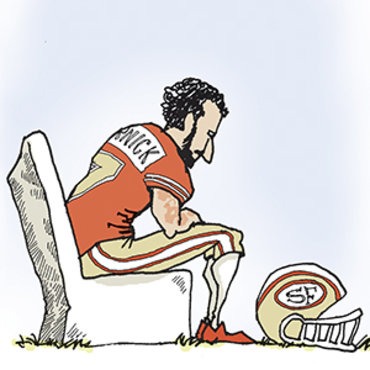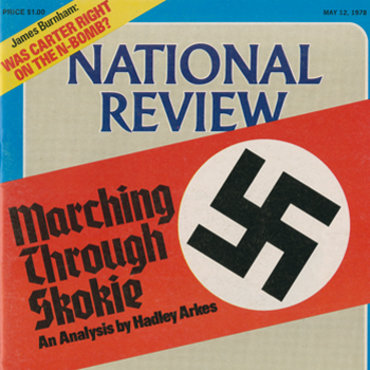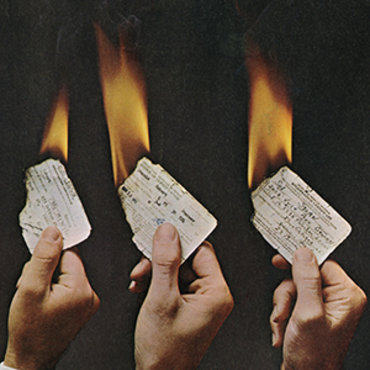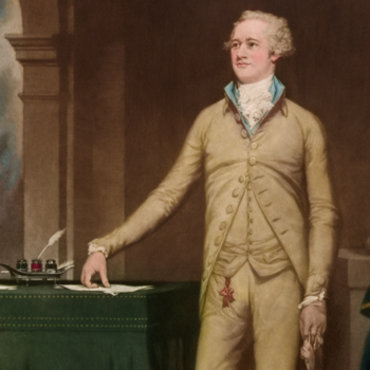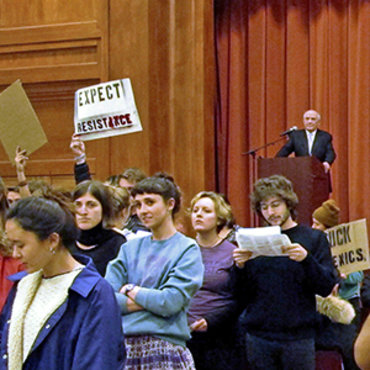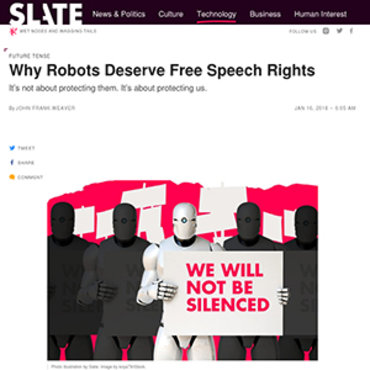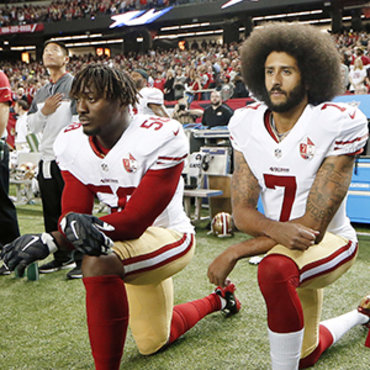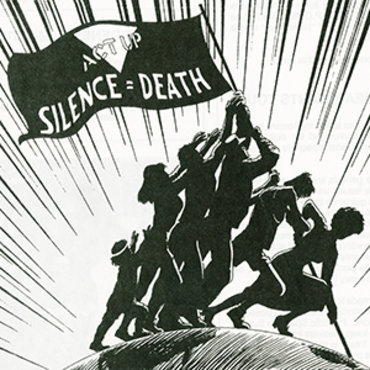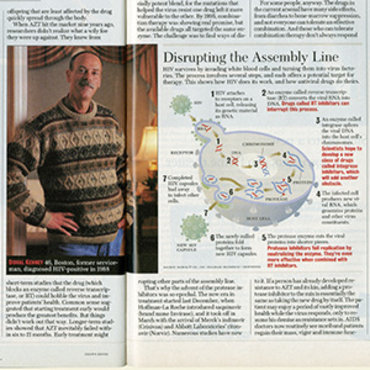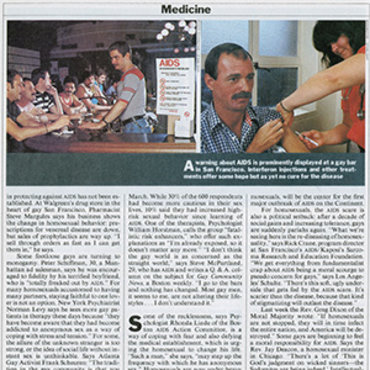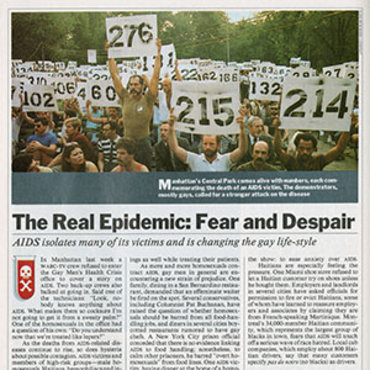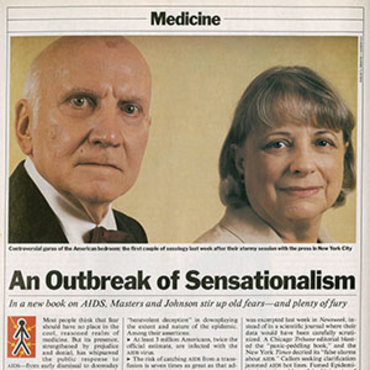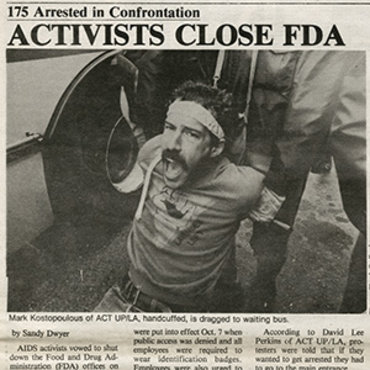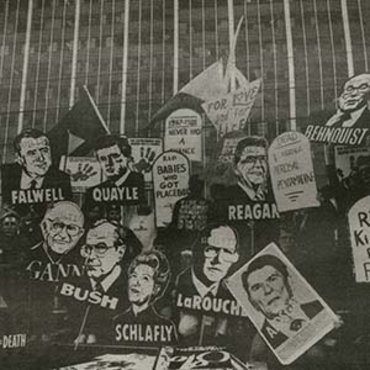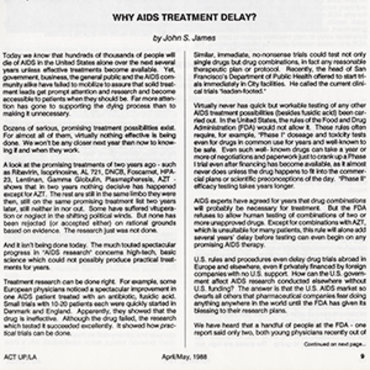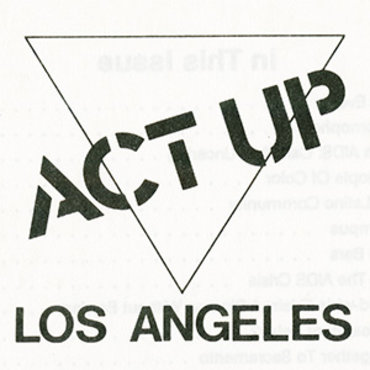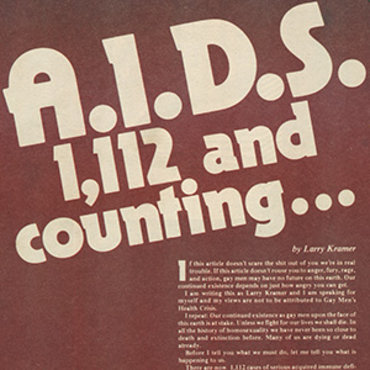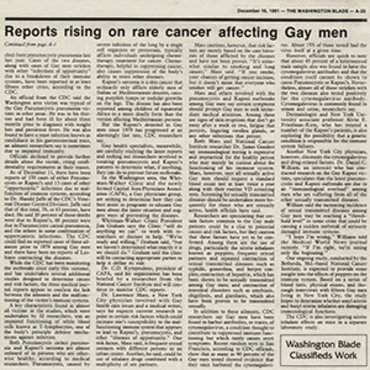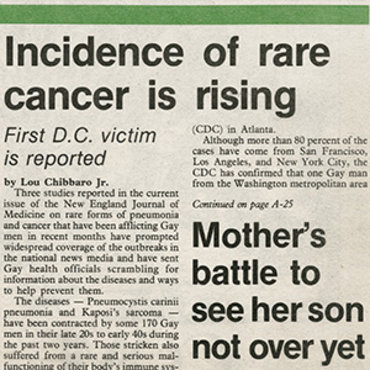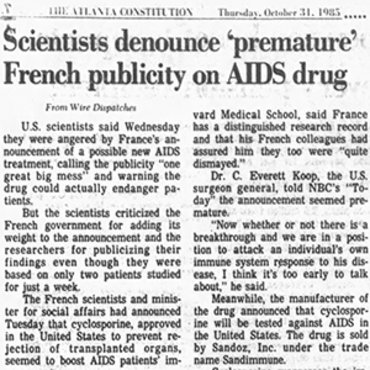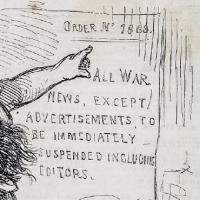
Free Press Challenges Through History: Analyzing Historical Sources
Freedom of the press is much simpler in theory than in practice. In this activity, students use the E.S.C.A.P.E. strategy to closely analyze a historical source, shedding light on how freedom of the press has ignited controversy and drawing comparisons to today’s debates over the role of the media.
Get even more great free content!
This content contains copyrighted material that requires a free NewseumED account.
Registration is fast, easy, and comes with 100% free access to our vast collection of videos, artifacts, interactive content, and more.
NewseumED is provided as a free educational resource and contains copyrighted material. Registration is required for full access. Signing up is simple and free.
With a free NewseumED account, you can:
- Watch timely and informative videos
- Access expertly crafted lesson plans
- Download an array of classroom resources
- and much more!
- Constitution
- Current Events
- Journalism
- 6-12
- In advance, review the gallery of historical sources on this page. For additional background, read the artifact page on NewseumED.org of each source: Civil War Editorial Cartoon, Newspaper Coverage of a Forged Proclamation, and Civil Rights Ads Leads to Lawsuit.
- Have your students define freedom of the press. Basic definition: the government cannot censor what can or cannot be published by the press; in today’s media landscape, the press includes established news organization but also all of us who take advantage of platforms that allow us to create and share information. Explain that throughout history and today, there has been an ongoing debate about how far freedom of the press should really go. Should the press be allowed to publish information that would embarrass our leaders? That could jeopardize national security? That could harm someone’s job prospects? One of our roles as citizens in a democracy that protects freedom of the press is to understand why it is sometimes contentious and weigh the pros and cons on each side of the debate.
- Hand out the Free Press Challenges worksheet and assign students one of the historical sources in the gallery on this page to analyze. They may work in teams, pairs or individually. You may choose to go over the E.S.C.A.P.E. Junk News poster to prepare students to employ its six ways to analyze an artifact: evidence, source, context, audience, purpose and execution.
- When students have completed their worksheets, look at the historical sources in the gallery as a class and briefly explain what each one is.
- Then discuss the questions below.
- Copies of the Free Press Challenges Through History worksheet, one per student
- Access to the gallery of historical sources below (either printed copies or via devices)
- E.S.C.A.P.E. Junk News poster (for reference, optional download)
- Internet access (optional)
- Consider each example. What does it reveal about a way in which freedom of the press has been controversial?
- In any of these cases, did the press do something that caused harm? Explain.
- In any of these cases, why might someone have objected to what the press was doing or wanted to limit press freedom?
- What challenges does freedom of the press face today?
- Do you think today’s press is more or less free than it was at the time of these examples?
- Do you think we should err on the side of more or less press freedom? Why?
- Is it possible to protect freedom of the press without this freedom leading to examples of sloppy reporting, factual errors or even fake news stories? Are these media problems the unavoidable consequences of this freedom? Explain.
-
Common Core State Standards: CCSS.ELA-LITERACY.CCRA.R.1
Read closely to determine what the text says explicitly and to make logical inferences from it; cite specific textual evidence when writing or speaking to support conclusions drawn from the text. -
Common Core State Standards: CCSS.ELA-LITERACY.CCRA.R.9
Analyze how two or more texts address similar themes or topics in order to build knowledge or to compare the approaches the authors take. -
Common Core State Standards: CCSS.ELA-LITERACY.CCRA.W.1
Write arguments to support claims in an analysis of substantive topics or texts using valid reasoning and relevant and sufficient evidence. -
Common Core State Standards: CCSS.ELA-LITERACY.CCRA.W.9
Draw evidence from literary or informational texts to support analysis, reflection, and research.
-
NCSS C3 Framework: D2.Civ.8.6-8 and D2.Civ.8.9-12
6 - 8: Analyze ideas and principles contained in the founding documents of the United States, and explain how they influence the social and political system. 9 - 12: Evaluate social and political systems in different contexts, times, and places, that promote civic virtues and enact democratic principles. -
NCSS C3 Framework: D2.His.12.6-8 and D2.His.12.9-12
6 - 8: Use questions generated about multiple historical sources to identify further areas of inquiry and additional sources. 9 - 12: Use questions generated about multiple historical sources to pursue further inquiry and investigate additional sources.
-
ISTE: 3b. Knowledge Constructor
Students evaluate the accuracy, perspective, credibility and relevance of information, media, data or other resources.








